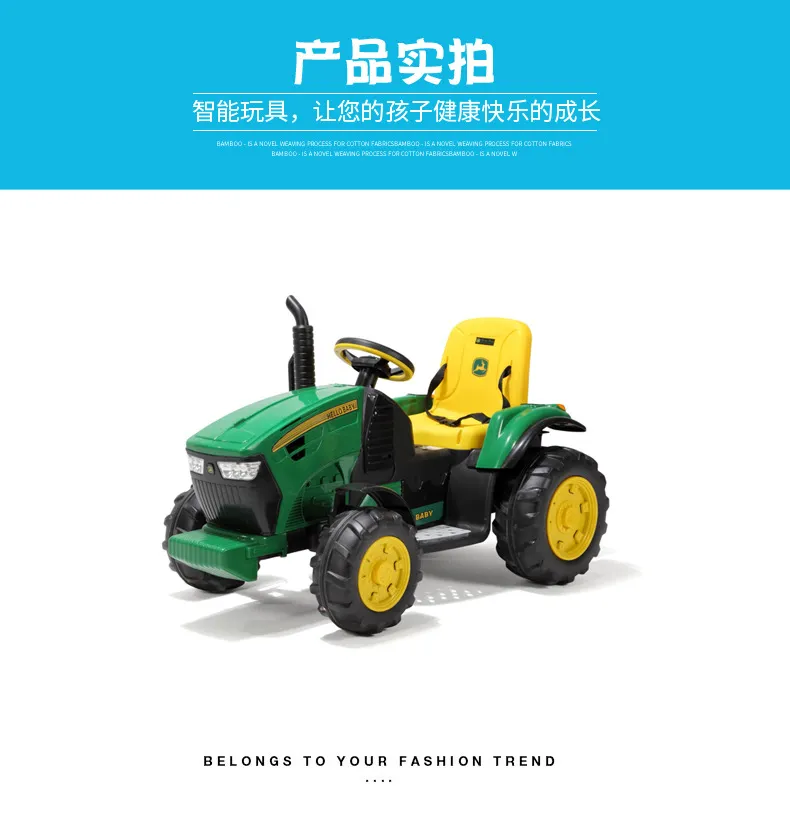
- Afrikaans
- Albanian
- Amharic
- Arabic
- Armenian
- Azerbaijani
- Basque
- Belarusian
- Bengali
- Bosnian
- Bulgarian
- Catalan
- Cebuano
- Corsican
- Croatian
- Czech
- Danish
- Dutch
- English
- Esperanto
- Estonian
- Finnish
- French
- Frisian
- Galician
- Georgian
- German
- Greek
- Gujarati
- Haitian Creole
- hausa
- hawaiian
- Hebrew
- Hindi
- Miao
- Hungarian
- Icelandic
- igbo
- Indonesian
- irish
- Italian
- Japanese
- Javanese
- Kannada
- kazakh
- Khmer
- Rwandese
- Korean
- Kurdish
- Kyrgyz
- Lao
- Latin
- Latvian
- Lithuanian
- Luxembourgish
- Macedonian
- Malgashi
- Malay
- Malayalam
- Maltese
- Maori
- Marathi
- Mongolian
- Myanmar
- Nepali
- Norwegian
- Norwegian
- Occitan
- Pashto
- Persian
- Polish
- Portuguese
- Punjabi
- Romanian
- Russian
- Samoan
- Scottish Gaelic
- Serbian
- Sesotho
- Shona
- Sindhi
- Sinhala
- Slovak
- Slovenian
- Somali
- Spanish
- Sundanese
- Swahili
- Swedish
- Tagalog
- Tajik
- Tamil
- Tatar
- Telugu
- Thai
- Turkish
- Turkmen
- Ukrainian
- Urdu
- Uighur
- Uzbek
- Vietnamese
- Welsh
- Bantu
- Yiddish
- Yoruba
- Zulu
Nov . 12, 2024 19:10 Back to list
derailleur on a mountain bike
Understanding the Derailleur on a Mountain Bike
When it comes to mountain biking, the mechanics of the bike play a pivotal role in enhancing performance and ensuring a smooth riding experience. One of the key components in the drivetrain of a mountain bike is the derailleur, a device that significantly influences gear shifting. Understanding the function and importance of the derailleur can help riders better appreciate their bikes and improve their riding experience.
What is a Derailleur?
The derailleur is a mechanism that moves the chain between different gears on the bike's rear cassette and, in some cases, the front chainrings. There are generally two types of derailleurs on a mountain bike the front derailleur and the rear derailleur. The front derailleur manages the shift between the chainrings at the front, while the rear derailleur is responsible for the shifting between the sprockets on the rear wheel’s cassette.
How Does a Derailleur Work?
The operation of the derailleur is both fascinating and efficient. When a rider shifts gears using the shifters located on the handlebars, a cable connected to the derailleur is either tightened or loosened. This action causes the derailleur’s pulley system to move, guiding the chain onto a different gear. In the case of the rear derailleur, it moves the chain from one sprocket to another, while the front derailleur shifts the chain between the chainrings.
This mechanism allows mountain bikers to adapt their pedaling to different terrains. For instance, lower gears are ideal for climbing steep hills, providing the necessary torque for the uphill battle, while higher gears are better for flat or downhill stretches, allowing for greater speed.
Types of Derailleurs
derailleur on a mountain bike

Mountain bike derailleurs come in various designs and technologies, each suited for different riding styles and conditions. For instance, there are standard derailleurs and more advanced options like shadow or clutch derailleurs. Shadow derailleurs are designed to keep the chain stable over rough terrain, reducing the likelihood of chain drops. Clutch derailleurs, on the other hand, feature a spring mechanism that adds tension to the chain, further preventing it from bouncing or falling off during aggressive rides.
Maintenance of Derailleurs
To ensure smooth operation, regular maintenance of the derailleur is essential. Riders should periodically check the alignment of the derailleur, ensuring it is properly adjusted to the cassette and chainrings. Cleaning the drivetrain, including the derailleur, is also crucial for preventing dirt and grime buildup that can hinder performance. Lubricating the derailleur’s pivot points helps maintain its functionality and prolongs the lifespan of the component.
Troubleshooting Common Issues
Even well-maintained derailleurs can sometimes experience issues. Common problems include poor shifting performance, which can be attributed to cable tension problems, misalignment, or wear and tear on the components themselves. If a rider experiences skipping gears or difficulty shifting, it may be time to inspect the derailleur and tune it for optimal performance. In many cases, these issues can be resolved with simple adjustments or by changing out worn components.
Conclusion
The derailleur is an integral part of a mountain bike’s drivetrain, enabling riders to navigate various terrains effectively. Understanding how it works, the types of derailleurs available, and the importance of maintenance can significantly enhance a mountain biking experience. Whether you’re a seasoned rider or new to the sport, a well-functioning derailleur ensures that every ride is as enjoyable and efficient as possible. Therefore, taking the time to understand and care for this crucial component can make a world of difference on the trails.
-
The Ultimate Kids' Four-Wheeler Experience
NewsJul.09,2025
-
The Ultimate Guide to Mountain Bikes: Gear Up for Your Ride
NewsJul.09,2025
-
The New Age of Cycling: Electric Bikes for Every Rider
NewsJul.09,2025
-
The Best Kids Bicycles: Ride in Style and Safety
NewsJul.09,2025
-
The Best 3-Wheel Scooters for Kids: Fun, Safety, and Adventure
NewsJul.09,2025
-
Revolutionize Your Ride: Affordable Electric Bikes
NewsJul.09,2025
-
Finding the Perfect Mountain Bike for Every Rider
NewsJul.09,2025



